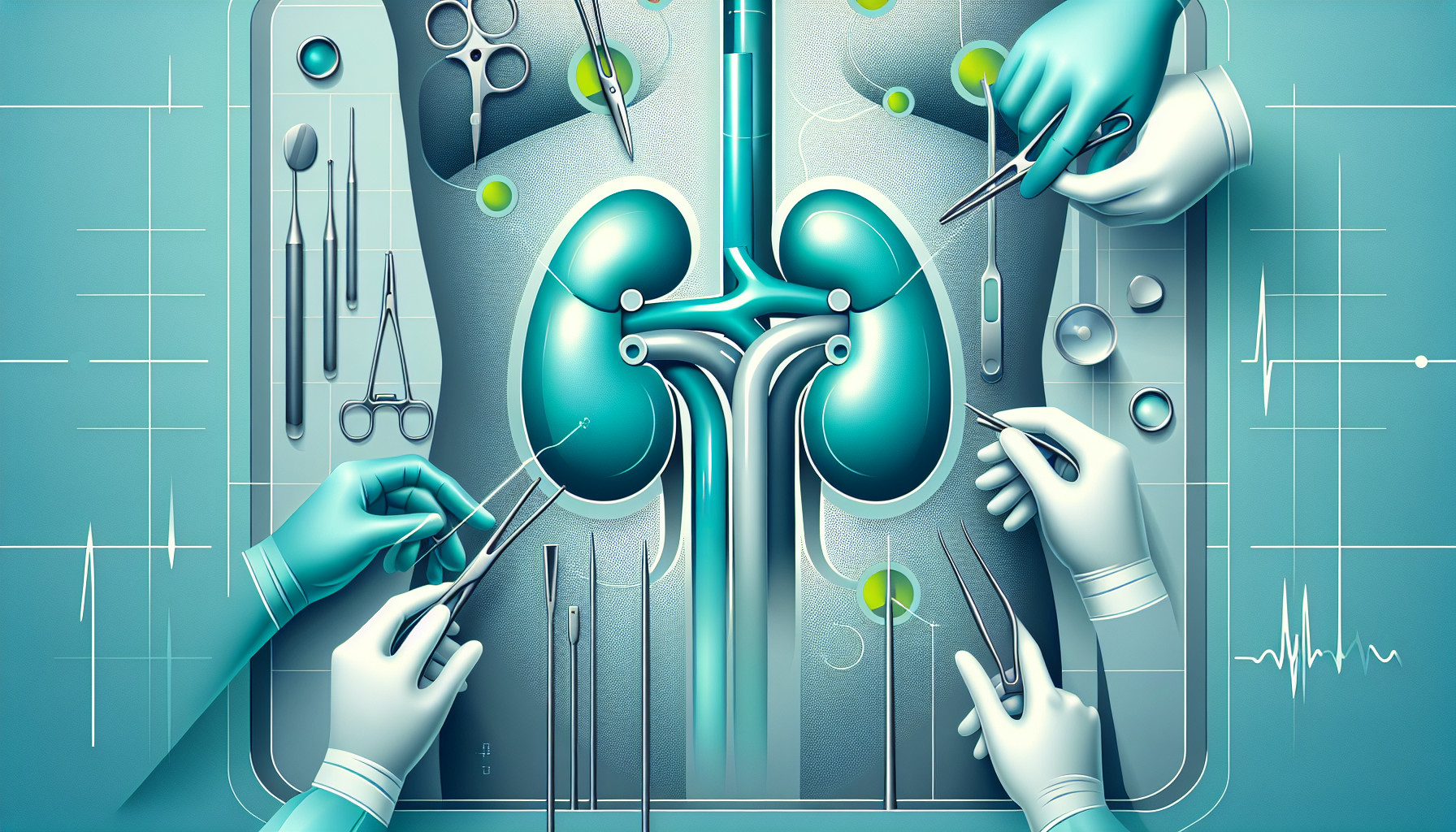Our Summary
This research paper is a detailed study about post-transplant diabetes mellitus (PTDM), a type of diabetes that can develop in people who have had a kidney transplant. This occurs due to various reasons such as the medication taken to avoid rejection of the new kidney, difficulty in making or using insulin, and inflammation.
Diabetes, in general, can be dangerous, but in people who have had a kidney transplant, it can have serious effects including decreased patient and kidney survival and increased risk of death from heart disease.
The researchers analyzed 53 different studies that included a total of 138,917 patients who had a kidney transplant. They found that people with PTDM have a significantly higher risk of death from all causes, and particularly from heart disease and sepsis, a life-threatening infection. However, they didn’t find any significant increase in death from cancer in these patients.
Additionally, the study found that people with PTDM are more likely to experience failure of the transplanted kidney.
The research concludes that it’s critically important to manage PTDM effectively in people who have had a kidney transplant, and to conduct more research to improve their health outcomes.
FAQs
- What is post-transplant diabetes mellitus (PTDM) and why does it occur in kidney transplant patients?
- What are the potential risks of PTDM for people who have had a kidney transplant?
- What was the main conclusion of the research study regarding PTDM in kidney transplant patients?
Doctor’s Tip
One helpful tip a doctor might give to a patient who has had a kidney transplant is to closely monitor their blood sugar levels regularly and follow a healthy diet and exercise regimen to help manage PTDM. They may also recommend working closely with a healthcare team, including a nephrologist and endocrinologist, to develop a personalized treatment plan that includes appropriate medications to control blood sugar levels.
It’s important for patients to communicate any changes in their health or symptoms to their healthcare team promptly, as early detection and management of PTDM can help prevent serious complications and improve overall health outcomes.
Overall, the key takeaway is that proactive management of PTDM is essential for individuals who have had a kidney transplant to ensure the best possible long-term health and kidney function.
Suitable For
Patients who are typically recommended for kidney transplant are those with end-stage kidney disease, also known as kidney failure. This can be due to various reasons such as diabetes, high blood pressure, glomerulonephritis, or polycystic kidney disease. Other factors that may make a patient a good candidate for a kidney transplant include being in good overall health, having no active infections or cancer, and being willing and able to adhere to the necessary post-transplant medications and lifestyle changes.
It is important for healthcare providers to carefully assess each patient’s individual situation and determine if a kidney transplant is the best option for them. Additionally, patients with PTDM should be closely monitored and managed to reduce the risk of complications and improve their long-term outcomes.
Timeline
Before kidney transplant:
- Patient is diagnosed with end-stage kidney disease and placed on the transplant waiting list.
- Patient undergoes evaluation to determine suitability for transplant, including medical, psychological, and social factors.
- Patient receives notification of a potential donor match and undergoes surgery for kidney transplant.
After kidney transplant:
- Patient is closely monitored in the hospital for signs of rejection or complications.
- Patient begins taking immunosuppressive medications to prevent rejection of the new kidney.
- Patient is discharged from the hospital and continues to receive regular follow-up care and monitoring.
- Patient may develop PTDM due to the medications and other factors.
- Patient experiences increased risk of death from all causes, particularly heart disease and sepsis.
- Patient may also experience failure of the transplanted kidney.
- Patient requires ongoing management and monitoring of PTDM to improve health outcomes and reduce risks associated with the condition.
What to Ask Your Doctor
Some questions a patient should ask their doctor about kidney transplant and the risk of developing post-transplant diabetes mellitus (PTDM) include:
- What are the risk factors for developing PTDM after a kidney transplant?
- How common is PTDM in patients who have had a kidney transplant?
- What symptoms should I watch out for that may indicate the development of PTDM?
- How will PTDM affect my overall health and the health of my transplanted kidney?
- What steps can I take to lower my risk of developing PTDM after a kidney transplant?
- What screening tests will be done to monitor for PTDM after my transplant surgery?
- What treatment options are available if I develop PTDM?
- How will managing PTDM affect my medication regimen for preventing rejection of the transplanted kidney?
- How often will I need to follow up with my healthcare team to monitor for PTDM and other potential complications?
- Are there any lifestyle changes I should make to help prevent or manage PTDM after my kidney transplant?
Reference
Authors: Kanbay M, Siriopol D, Guldan M, Ozbek L, Topcu AU, Siriopol I, Tuttle K. Journal: Nephrol Dial Transplant. 2025 Feb 28;40(3):554-576. doi: 10.1093/ndt/gfae185. PMID: 39134508
